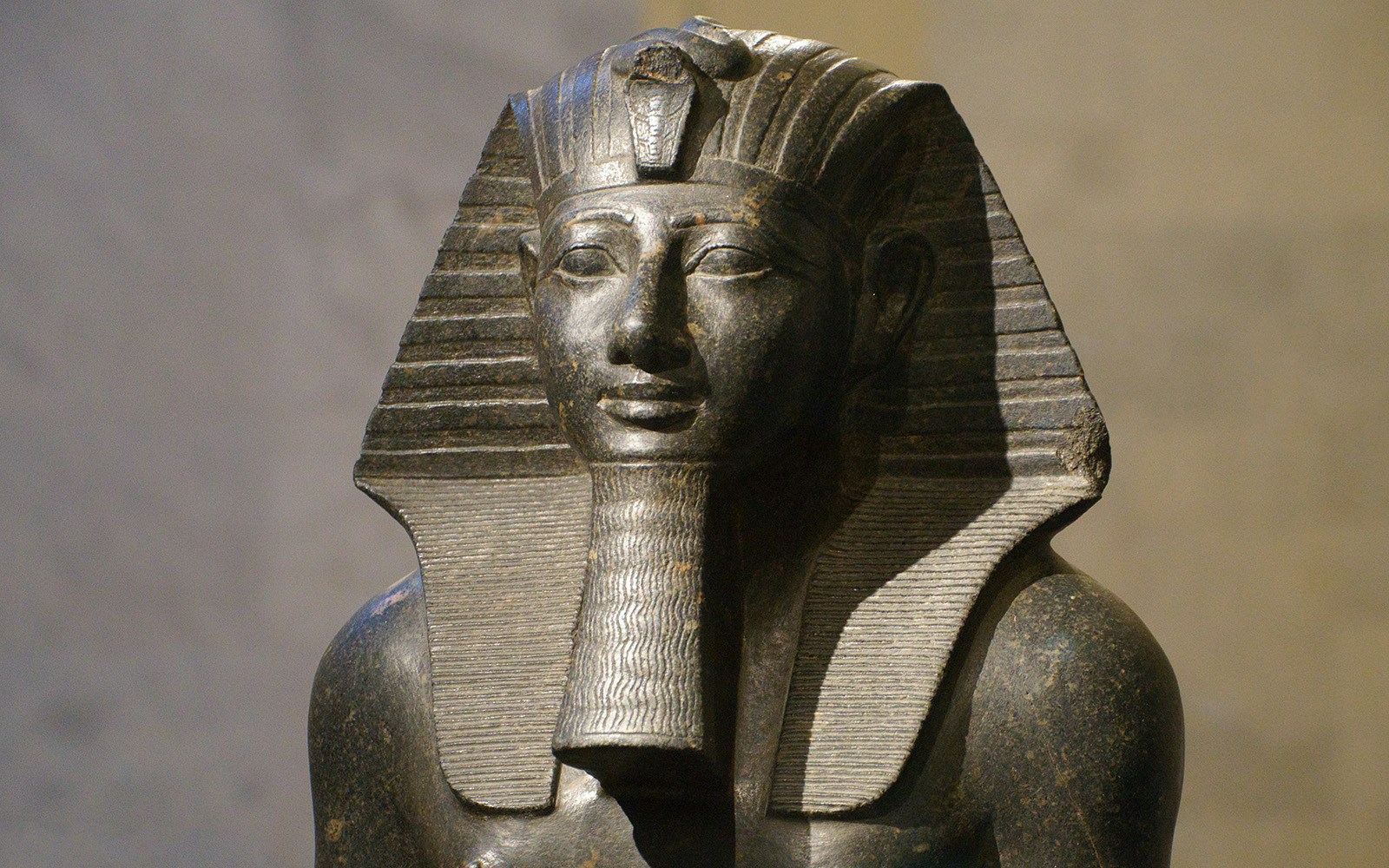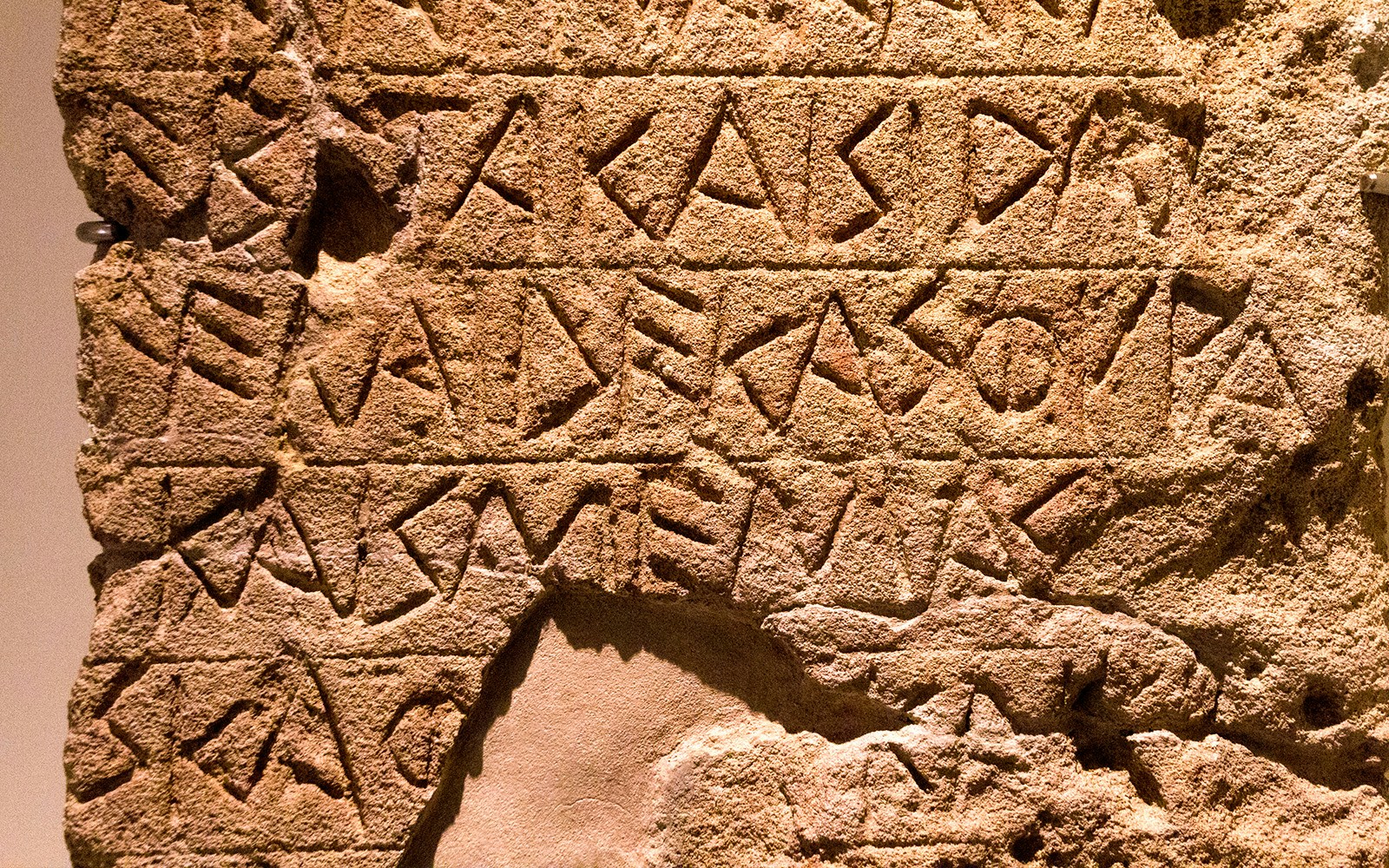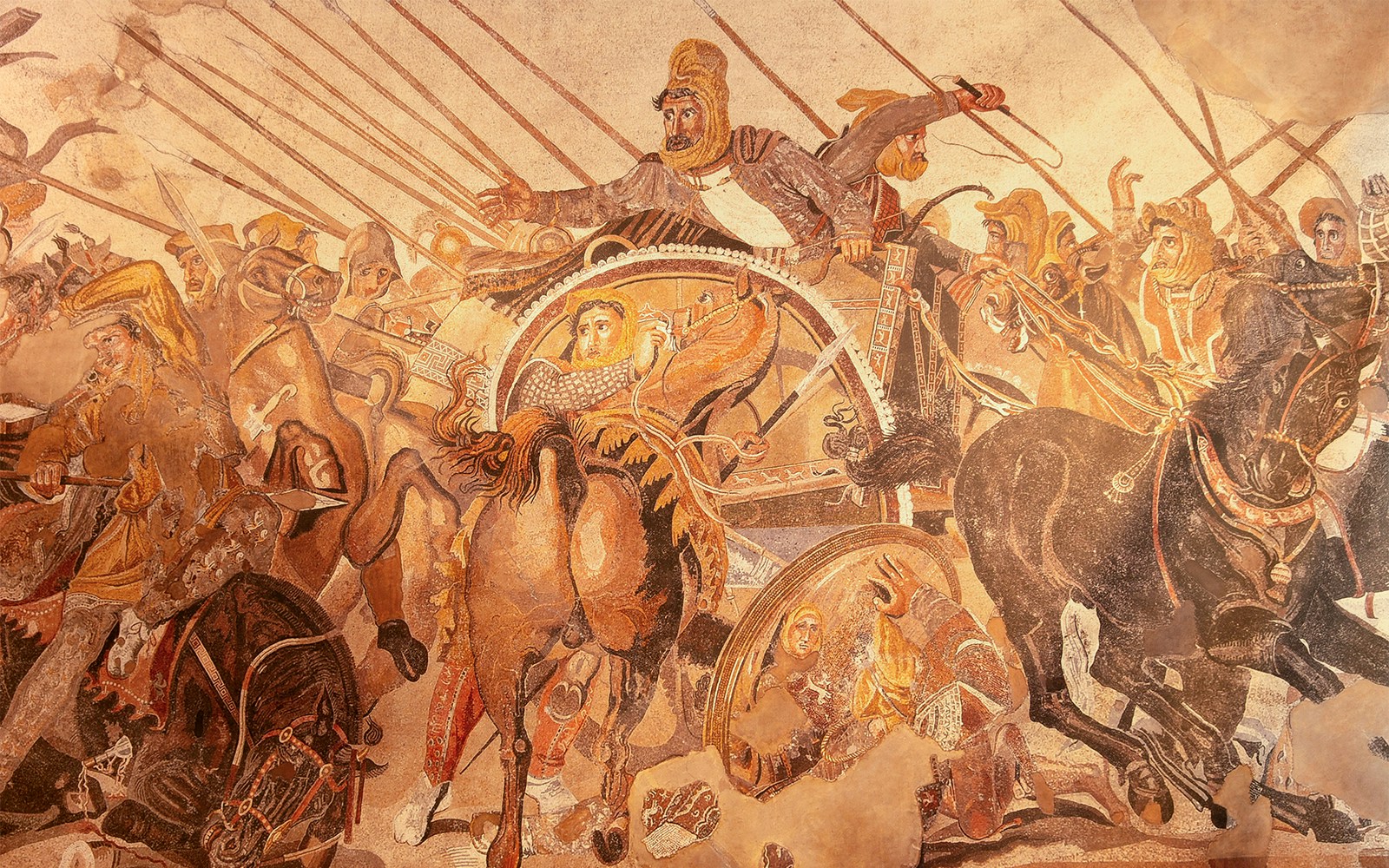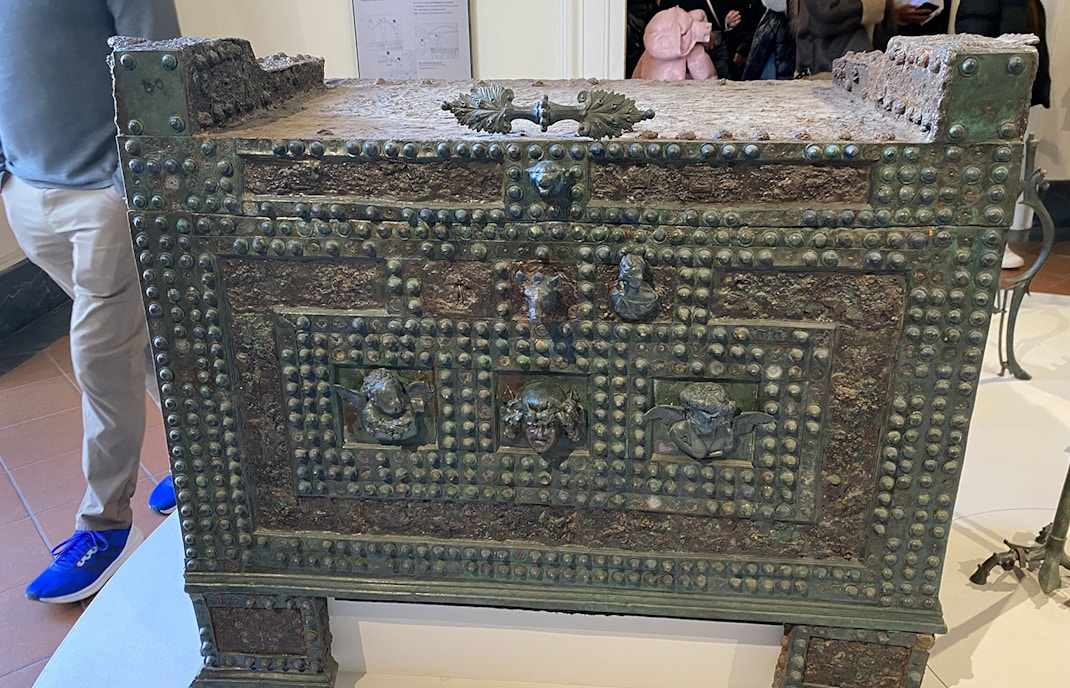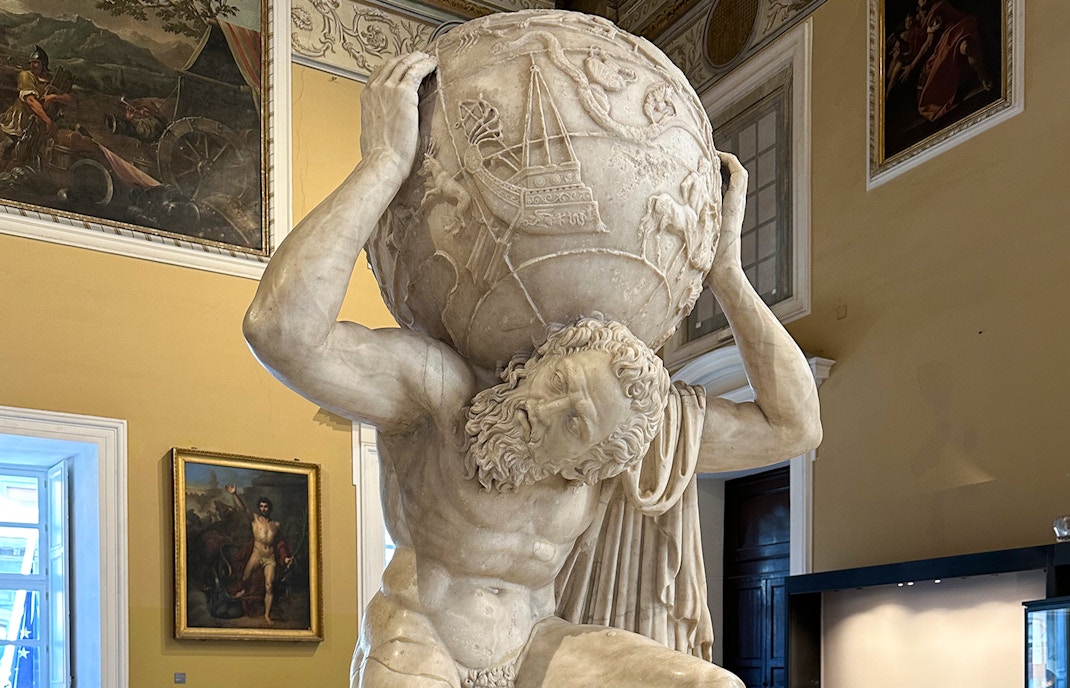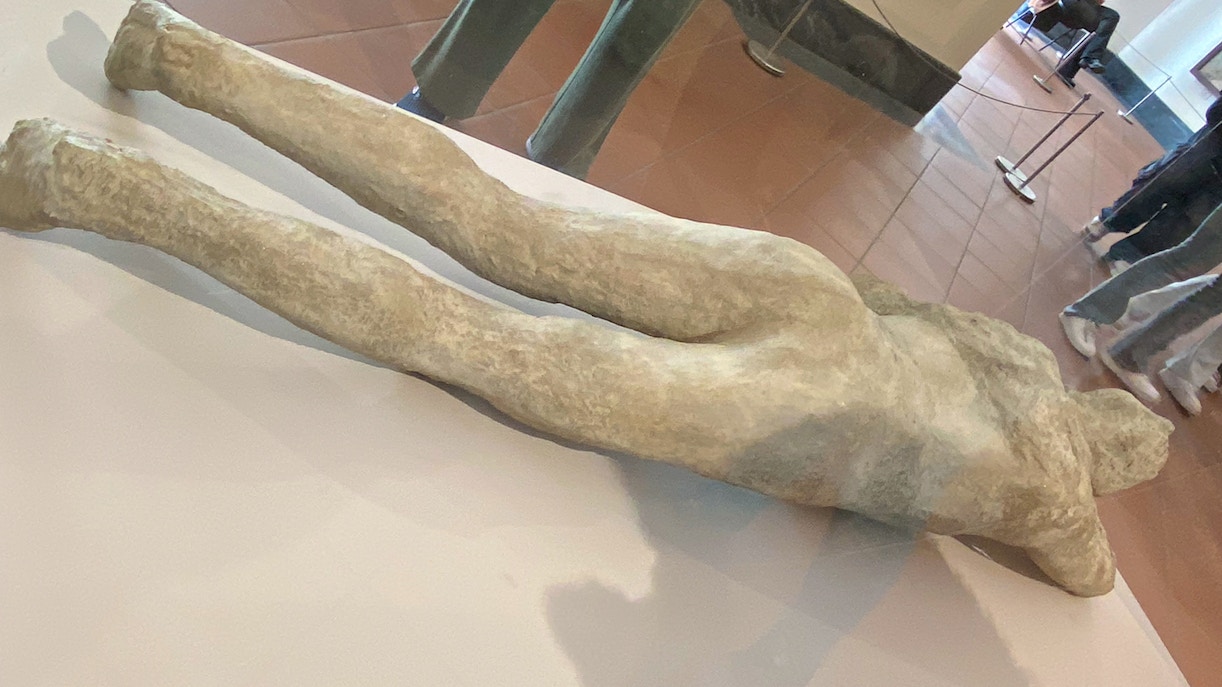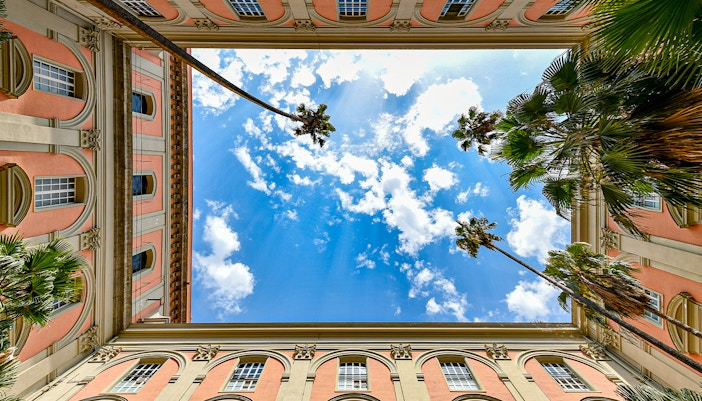From 1616-1777, the building that would later be known as the National Archaeological Museum initially served as the seat of the University of Naples and a cavalry barracks as well. in the 18th century, Charles III of Bourbon established the museum, originally known as the Royal Bourbon Museum, driven by his interest in art and culture. He aimed to house antiquities inherited from his mother, Elisabetta Farnese, and the treasures from the recently discovered cities of Herculaneum and Pompeii, both devastated by the eruption of Mount Vesuvius.
Later, Ferdinand VI, Charles III's son, further enriched the museum's collection by curating Elisabetta Farnese's Roman artifacts and Vesuvian findings within the museum. During the French domination in Naples, the first facilities for the museum were organized.
